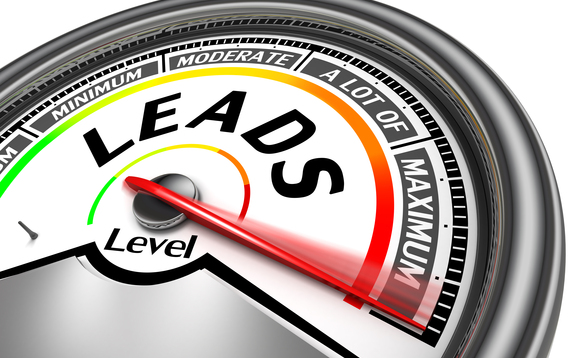Would you like to get dozens, if not hundreds of responses from each of your outbound email campaigns in 2015?
During a 6 week engagement with Ambition, a sales productivity and gamification startup from Y-Combinator, our initial cold email copy generated 73 responses from 578 leads gathered by Ambition. The 578 leads were concentrated under 2 of Ambition’s ideal customer personas: “VP/Director of Sales” and “VP/Director of Sales Operations,” and the campaign was created and ran based on the principles of Aaron Ross’ bestseller Predictable Revenue.
In addition to generating responses and qualified leads for Ambition, we uncovered cold email lessons that Ambition can use to further improve their existing and future outbound email campaigns. These same lessons can be used by any SaaS startup doing outbound sales.
This is the first blog post of 3 about our experiences collaborating with Ambition in their outbound email efforts. This first post discusses the premise behind the engagement, and a few major takeaways from this outbound email experiment.
How to Create And Execute a Scalable B2B Cold Email Campaign
We began our engagement with Ambition by digging into to their value proposition and canvassing their customer personas. Successful cold email campaigns require having a deep understanding of the buyer persona’s needs and pain points. In order to do this we leveraged our existing knowledge of VP Sales and VP Sales Operations titles while also talking to Ambition’s sales and marketing team about their buyer personas and sifting through their sales and marketing collateral.
After listing out a several dozen ideas for different topics that would make effective email copy for Ambition, we were ready to start architecting our campaigns. Each of the 2 personas would get 8 email touches, but since we A/B test everything, we wrote 16 emails (1-8 A/B) for each prospecting persona.
The various list of email ideas include: opportunities to social engineer initial points of contact, like questions about the prospect’s Salesforce account, benefits of using Ambition, and the potential negative consequences of not having a product like Ambition. When setting up the sequence of the emails, I always order the emails in such a way that their progression feels natural while also letting me do AB testing. Specifically I’m looking to see which value propositions resonate the best with the prospects and how the prospects react to positive offers that add value versus a fear of loss.
After we completed Ambition’s email templates, their sales team loaded the templates into an outbound email tool called PersistIQ, which is made for sending and tracking mass cold email campaigns. The lists for each persona were divided randomly into 2 new lists to create a “list A” and “list B” for each persona to receive emails 1-8A and 1-8B. Ambition started blasting out emails to their list from November 8th, and continued sending each prospect 8 emails approximately every 4 days until December 22nd, unless the prospect responded or unsubscribed.
Major Lessons & Results Learned From Ambition’s B2B Cold Email Campaign
We’ll go into more detail behind all the findings of Ambition’s email campaigns in the upcoming blog posts, but for now here are a few:
- Email #6B in the VP Sales campaign wins—It performed the best out of all templates in all 4 campaigns based on total number of responses and response rate. This email’s angle is “competition,” and it’s leveraging the competitive nature of sales organizations and teams to drive the prospect to respond. Out of 115 emails sent and 55 opens, it had 5 responses. (We’ll show you this email in an upcoming post that talks more about the results.)
- While email #6’s performance may partially be a result of how persuasive and effective this particular email copy was, this coincides with the classic sales lesson that persistence works for email. While the number of response rate wasn’t as high for each of the other email campaigns, email #6 got 2 responses from each of the other lists. Emails #7 and #8 also got between 1 and 3 responses for each of the 4 email campaigns.
- Timing can affect open and response rate somewhat, as we have several instances where sending late on a Wednesday or just before Christmas might have hampered specific emails’ effectiveness. However, given the fact that prospects from other lists responded around the same time, and that the open rates were still decent, it wasn’t a make-or-break issues. That indicates that persistently emailing your prospects with a valuable and interesting message ultimately overshadows the effect of timing, especially if you vary the timing of emails throughout the campaign.
More insights and explanations about this experiment are soon to come. Next week we’ll talk about the winning email template and why it was so effective, and more, so stay tuned.



